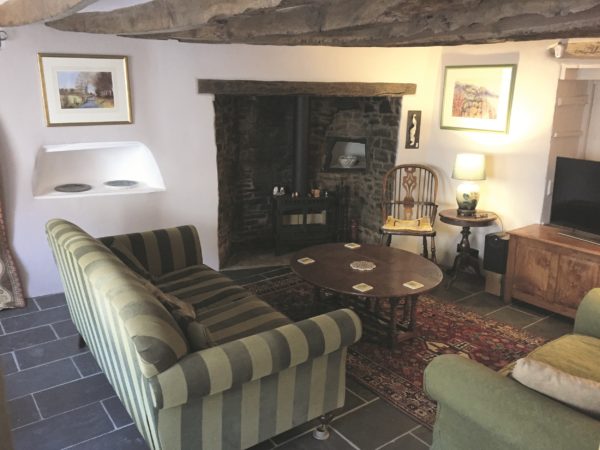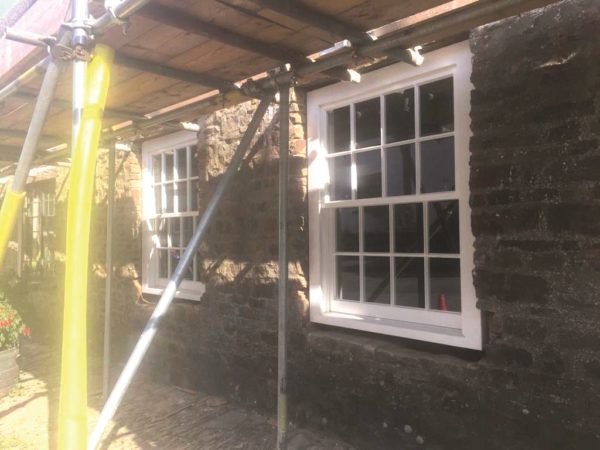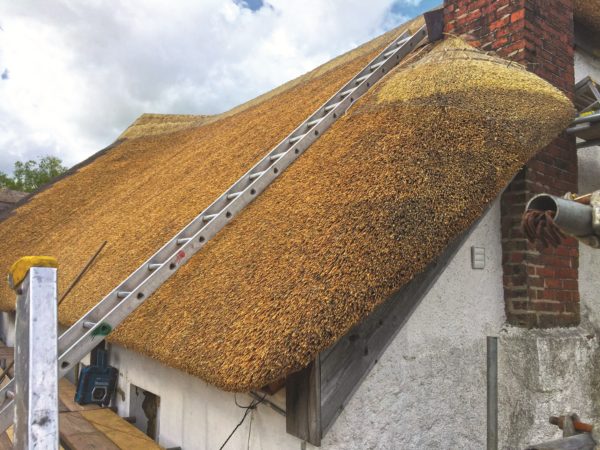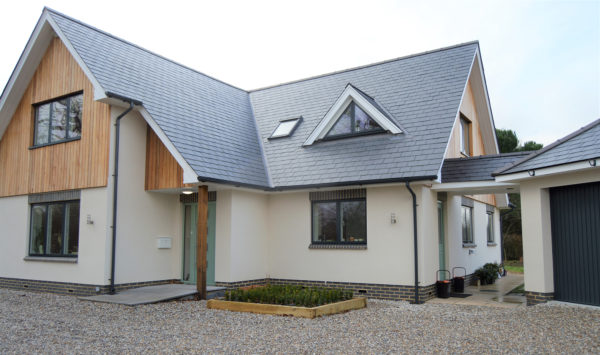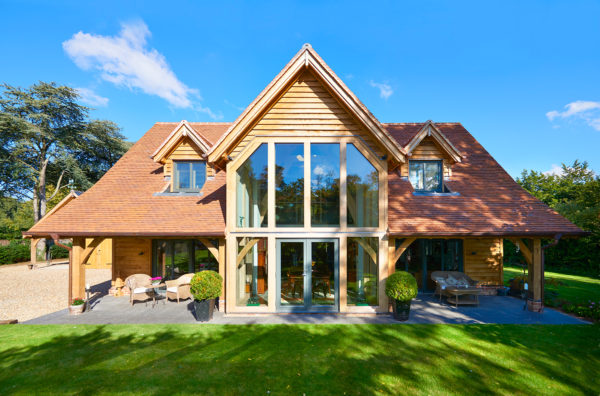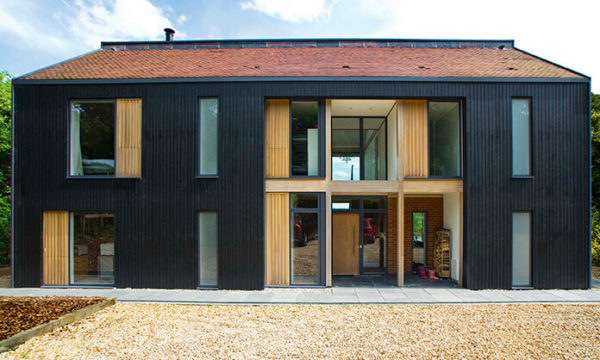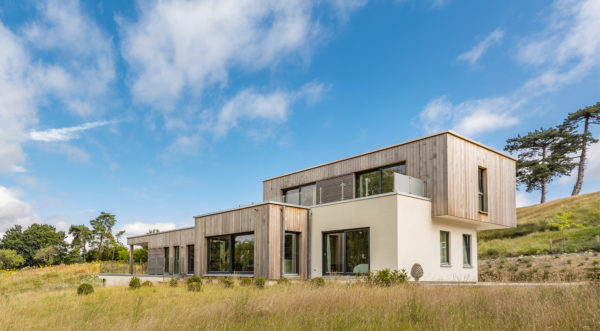For John Kinsley, an infill site in Portobello, Edinburgh, offered the perfect opportunity for a community self-build project. The scheme contains a number of flats in a traditional Scottish tenement type four-story building.
After the successful completion of the groundworks and timber frame in our last entry, here John describes describes how the scheme progressed to the watertight stage…
With the cross laminated timber (CLT) frame complete in early November, the race was on to get the building wind and weathertight before winter took hold.
Getting the roof finished was a relatively straightforward process. Joints in the CLT roof slab were taped when the frame was erected to create a vapour control layer and seal the structure from moisture. Above that, we then laid insulation and an EPDM membrane – a type of durable synthetic rubber. Triple glazed rooflights from Roof Maker were also fitted to draw sunlight into the space.
After originally planning a roof garden, complete with planters, deck and a sedum living roof, we decided to hold back on the installation. We chose to fit this ourselves – partly to give ourselves more time to decide on exactly what we wanted, but also to save on costs.
Tight squeeze
When it came to wall insulation, we would’ve preferred to use a greener product like sheep’s wool. However, we found ourselves somewhat restricted on space. Any increase in wall thickness would resulted in a significant reduction in the floor area inside the building.
We calculated the difference in thickness between a high-performing but less environmentally friendly thermal insulator such as Polyiscocyanurate (PIR), and a natural option like sheep’s wool, which is less thermally efficient but carbon neutral
Shockingly, we discovered that when using the wool, the total area lost over all four floors was equivalent in size to one of our living rooms.
So, to make the most of the available space, we decided to use PIR to insulate the walls. Externally, we also placed a Tyvek breather membrane to protect the structure from moisture. The building’s facade was then finished with red sandstone on the main elevation, and zinc cladding on the side and rear walls.
Supply setback
As the project drew further into winter, making the structure weathertight became a more urgent priority. To seal the building, we opted for high-performance triple glazed windows by Unilux.
Unfortunately, there were delays in the supply of the fenestration from Germany. We had no option but to secure the build with plywood boarding to protect it from the elements over Christmas and New Year.
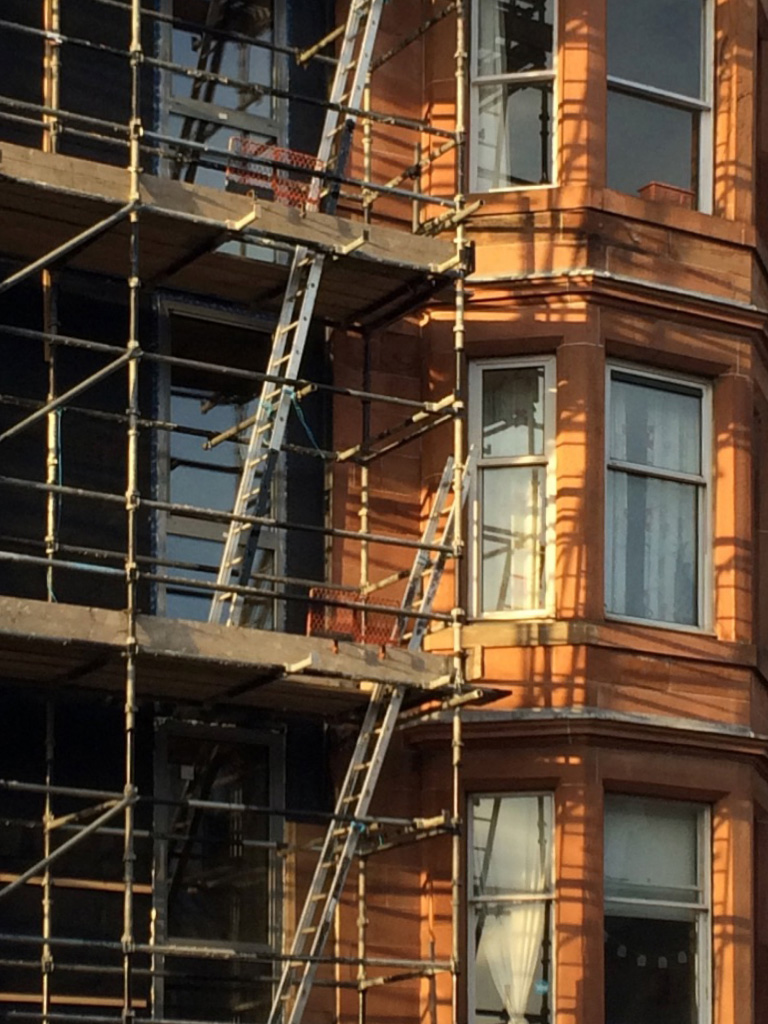
John opted for triple glazed windows from Unilux
Installation eventually took place in January 2017, and much to our relief, the structure was finally weathertight. The glazing was sealed with airtight tape, and the jambs and cills were lined with insulation and timber linings, painted to match the window design.
Setbacks are a given when you take on a project like this, particularly in the wintertime. After all, the weather waits for no build!

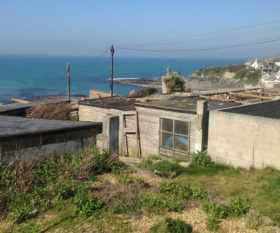






























































































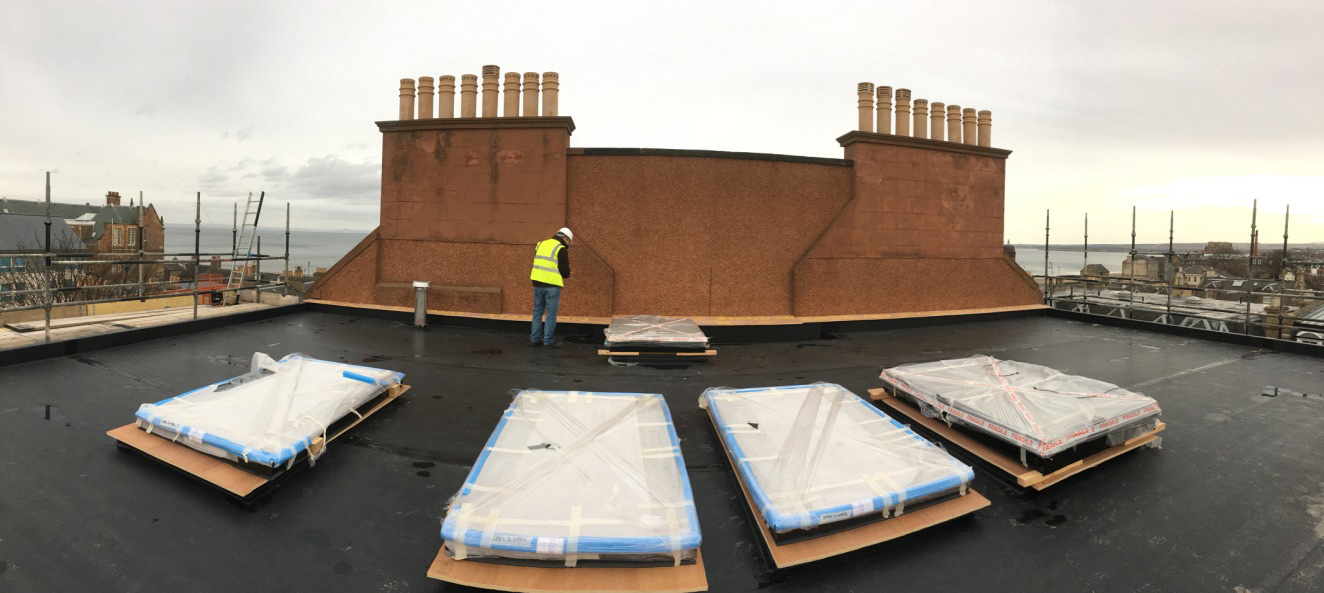
 Login/register to save Article for later
Login/register to save Article for later
